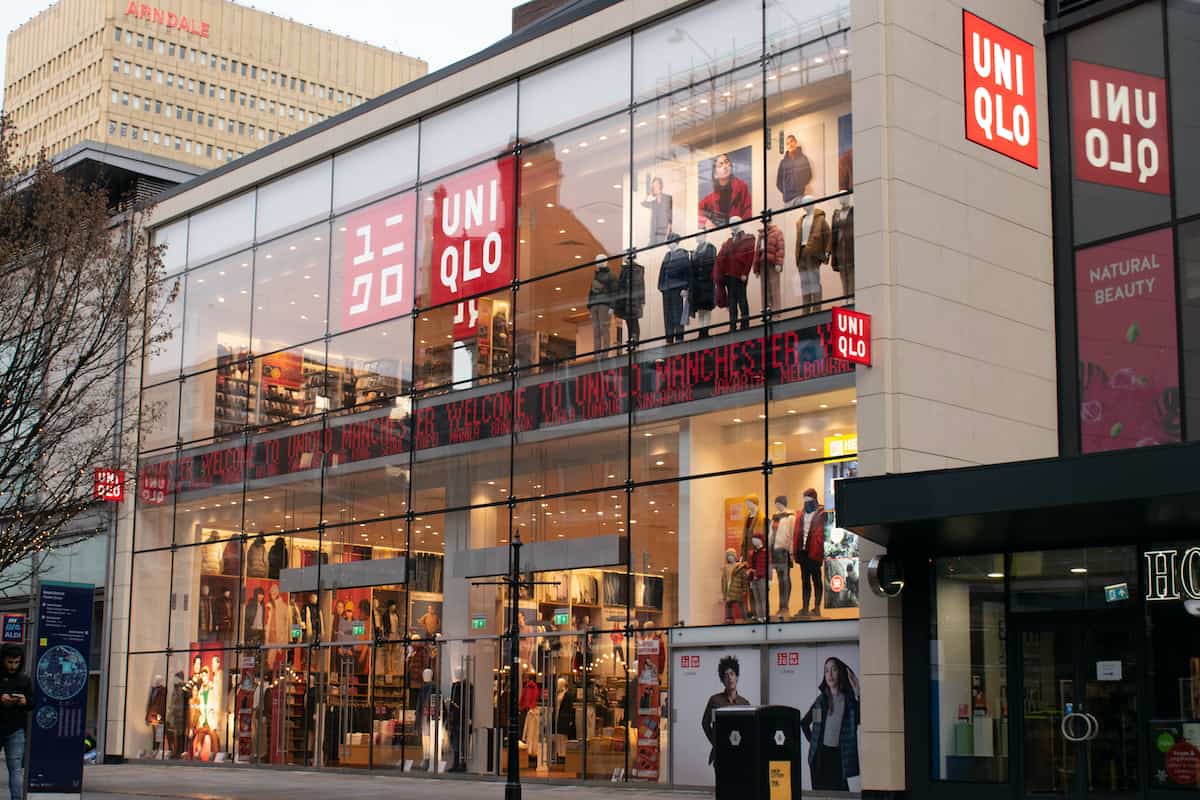Decathlon was well-prepared for this year’s Covid-19 lockdowns, thanks to its existing multichannel expertise. The French retailer, ranked Elite in this year’s RXEU Top1000 research, had already invested in digital and as a result was able to serve customers as they started to do much more of their shopping online during the coronavirus pandemic. During lockdown, the UK arm of the business saw sudden high demand for home delivery, and it was able to respond while at the same time offering a new range of services to customers who were now buying from home rather than in stores that were closed in many markets during lockdown.
Decathlon, a leader in the global sports equipment and clothing market, serves shoppers in 29 European markets, including the UK and Switzerland, and says it has a clear ambition with the service that it gives its customers.
“At Decathlon, our mission is simple,” says a Decathlon UK spokesperson. “We want to motivate and inspire everyone living in the UK to be more active and as a result have a better, healthier lifestyle. Our customers come to us as they trust the quality and value of our product offer. All of our products are created and tested in-house and are designed around the needs of passionate sportspeople. People come to us to try new activities and find their passion. They also come sometimes to just spend a nice day out with their family in one of our stores, where their children can try different sports and activities.”
Decathlon has more than 2,000 shops in 56 countries, including 29 European markets, but during the pandemic it, as with other retailers, saw its customers go online to buy. This started as a short-term response to store closures as a result of Covid-19 lockdowns, but many now believe this heralds a permanent shift, and that people will opt to do more of their shopping over the internet.
How Decathlon’s customers choose to buy online
About two-thirds (65%) of Decathlon’s shoppers arrive at its website from a mobile device, and says, Decathlon UK, its shoppers also engage with it via social. “We have very active communities on our social networks and have regular online fitness sessions led by some of our brand ambassadors,” its spokesperson says.
Once shoppers arrive at the website they are keen to read product reviews – the retailer is one of the 56% of RXEU Top1000 retailers who share customer product reviews and the 53% who share customer ratings. As well as enabling shoppers to share their opinions, it also shares the expert insights and advice of its staff in their own reviews and in expert guides on, for example, how to choose an item, and how to use it once bought. Those viewing tents, for example, can see videos showing not only how to put it up, but also how and why it was designed as it was. And in the climbing section, visitors can get expert advice on choosing essential equipment and a list of what needs to go in the backpack.
In recent years the retailer has fulfilled online orders via a mix of home delivery and click and collect, both from its own stores and via 600 branches of Asda. But during lockdown, it saw a “huge shift” towards ordering for home delivery. Today, demand for home delivery remains high, although some shoppers now opt to pick-up through click and collect in shops because that option is free. Still others now want to shop in-store but have their purchases delivered to the home from the store.
Changes in the way that customers now want to be served have prompted Decathlon’s new ‘at home’ repair services. Decathlon UK says it now takes a more local approach to multichannel retail, with deliveries from the local store and a new online booking system for services, while in-store bike experts have started to offer advice to online shoppers. “The after-sales website got a revamp so that customers can fix their products by themselves at home,” adds its spokesperson.
Looking to a more sustainable future
In the future the retailer expects to integrate its online services further with its physical stores. Services such as repair workshops and the ability to collect and return online orders will give shoppers a reason to come into its stores. There’s also a clear focus on sustainability. This, says Decathlon UK’s spokesperson, is “very important as we need to preserve our playground if we want to keep playing.” To that end, the retailer aims to have 100% renewable energy in all of its sites, and says that by next year all of its products will be designed with the environment in mind. In August the retailer will launch a project aimed at recycling its products and giving them a second life.
Decathlon, ranked Top25 in this report in three sections, Operations & Logistics, Strategy & Innovation, and Merchandising, is a strong example of how multichannel retailers have been able to respond quickly to huge changes in the way that shoppers buy during Covid-19 lockdowns. This should mean it is well placed to adapt as shoppers’ demand for online and in-store shopping and services changes in the future as well.
This feature first appeared in the RetailX Europe Top1000 Report 2020, published in association with Tealium. Click here to download the report, which includes the RetailX list of the Top1000 multichannel and ecommerce retailers in Europe. Click here to find out more about the RetailX series of research reports.








